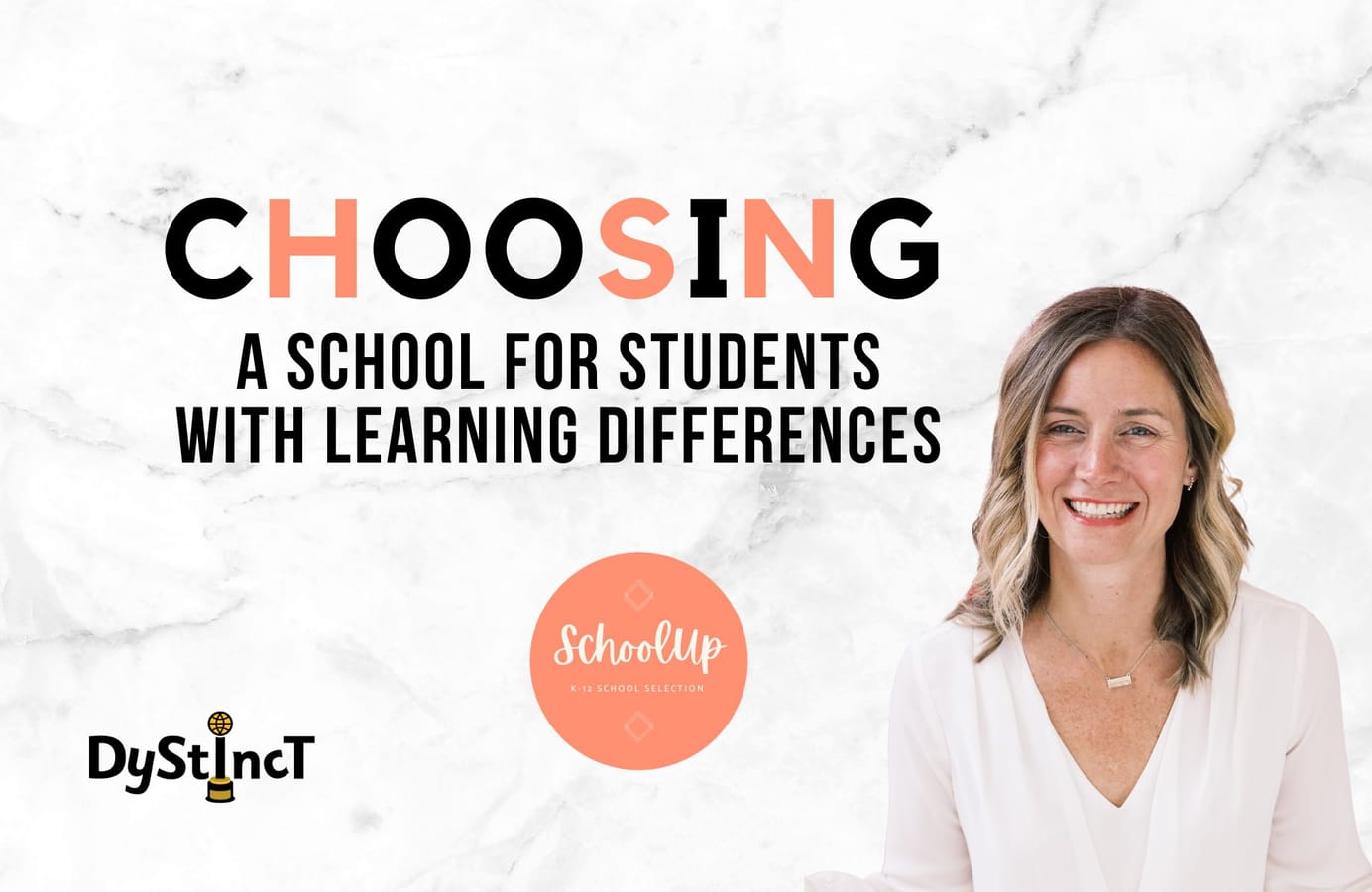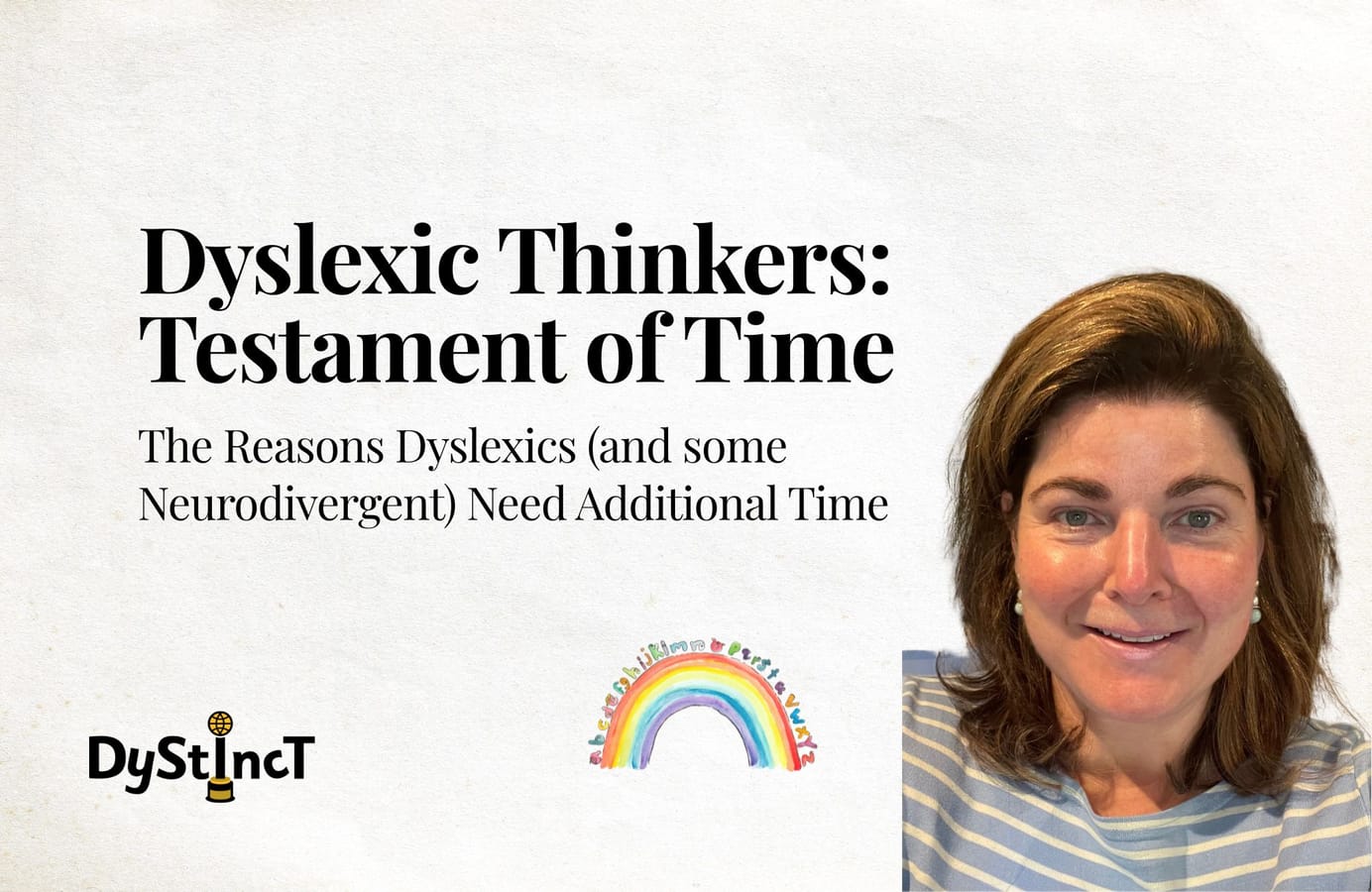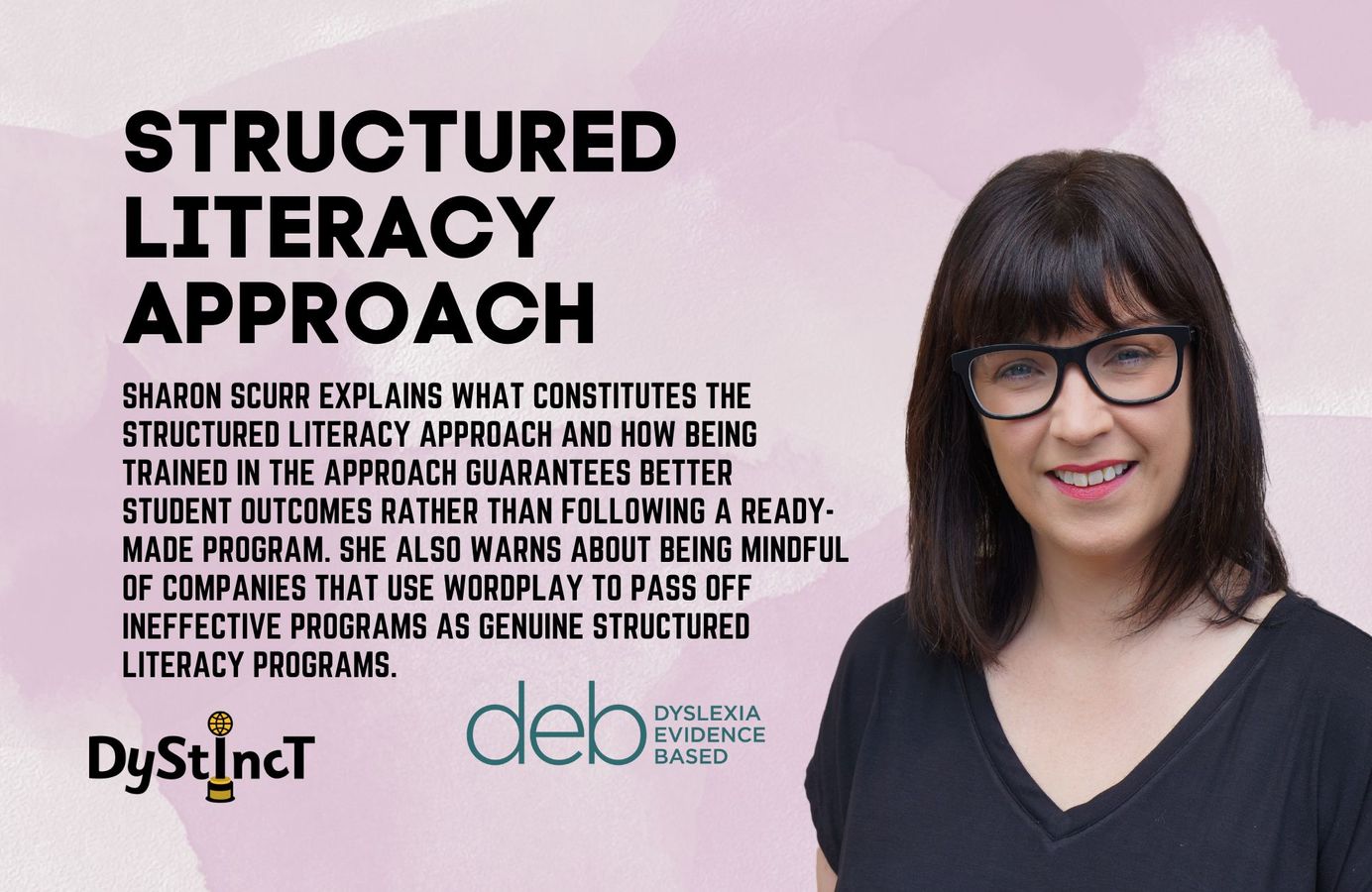
Issue 12: Structured Literacy Approach | Sharon Scurr
Sharon Scurr explains what constitutes the Structured Literacy approach and how being trained in the approach guarantees better student outcomes rather than following a ready-made program.
Sharon Scurr also warns about being mindful of companies that use wordplay to pass off ineffective programs as genuine Structured Literacy Programs.
Who first coined the term Structured Literacy Approach?
The Board of Directors at The International Dyslexia Association (IDA) made a landmark decision in 2014 to help promote their approach to reading instruction. The board named this approach "Structured Literacy" and stipulated that it would encompass all approaches to reading instruction that conform to IDA's Knowledge and Practice Standards. Today, this successful approach to reading instruction is widely known by many names depending on the location: Orton Gillingham, Multi-Sensory, Explicit Phonics, etc. In different states in the USA, the approach is often referred to by the name of the organisation training teachers. For example, it might be referred to as "Neuhaus" in Houston and "Wilson" in New York or Los Angeles after the names of the organisations training local teachers.
Structured Literacy in New Zealand
In New Zealand, the term Structured Literacy approach is used. We have some amazing New Zealand providers training teachers to implement the Structured Literacy approach in their schools around New Zealand. We also have the Institute of Multisensory Language Education from Australia that comes to New Zealand to train teachers in the approach.
Why name the approach?
The reason we use the term "Structured Literacy" to refer to this approach is that it provides a common practice, a worldwide GOLD standard that must be adhered to if you wish to create your own Structured Literacy approach to teach others or create a Structured Literacy program to sell. The term gives a clear path to follow, and it also gives us a gold standard to adhere to.
~ IDA
So, let's answer the biggest question.
What must be included in a Structured Literacy Approach or a Structured Literacy Program?
There are six elements and three principles of instruction on how to teach those six elements that MUST be included for anyone to claim their programs align with the Structured Literacy approach.
The six elements / components are:
Phonology
Phonology is the study of the sound structure of spoken words. Phonology is a key element of Structured Literacy instruction. Phonemic awareness, which is the ability to distinguish, segment, blend, and manipulate sounds relevant to reading and spelling, is central to phonology.
Syllables
Knowing the six syllable and vowel grapheme types helps readers to associate vowel spellings with vowel sounds. Syllable division rules help readers divide/decode unfamiliar words.
Syntax
The set of principles that dictate the sequence and function of words in a sentence—including grammar, sentence structure, and the mechanics of language.
Sound-symbol association
Once students develop phoneme awareness, they must learn the alphabetic principle—how to map phonemes to letters (graphemes) and vice versa, meaning we also teach Symbol-Sound. (The alphabetic principle is teaching the 44 sounds in reading (decoding) and spelling (encoding).
Morphology
A morpheme is the smallest unit of meaning in language. Studying base elements and affixes helps readers decode and unlock the meanings of complex words.
Semantics
Semantics is concerned with meaning (comprehension). The Structured Literacy curriculum (from the start) includes instruction in the comprehension and appreciation of written language.
The three evidence-based teaching principles on how to teach all the six components / elements above are:
Systematic and cumulative
Structured Literacy teaching is systematic and cumulative. Systematic means that the organisation of material follows the logical order of language. The sequence begins with the easiest and most basic concepts and elements and progresses methodically to the more difficult. Cumulative means each step is based on concepts previously learned.
Explicit
Structured Literacy instruction requires direct teaching of concepts with continuous student-teacher interaction providing immediate feedback, and does not assume students will just pick up the concepts.
Diagnostic
Teachers must be adept at individualising instruction (even within groups) based on careful and continuous assessment, both informal (e.g., observation) and formal (e.g., with standardised measures). Content must be mastered to the degree of automaticity needed to free attention and cognitive resources for comprehension and oral/written expression.
Oral Language
We also want to highlight the important role that oral language plays in Structured Literacy. Oral language lays the foundation for the reading and writing skills children will develop as they start and progress through school. Having a solid foundation in oral language will help children become successful readers and strong communicators, as well as build their confidence and overall sense of well-being. Oral language is the system through which we use spoken words to express knowledge, ideas and feelings. Developing oral language means developing the skills and knowledge that go into listening (receptive) and speaking (expressive). A Structured Literacy lesson incorporates oral language.
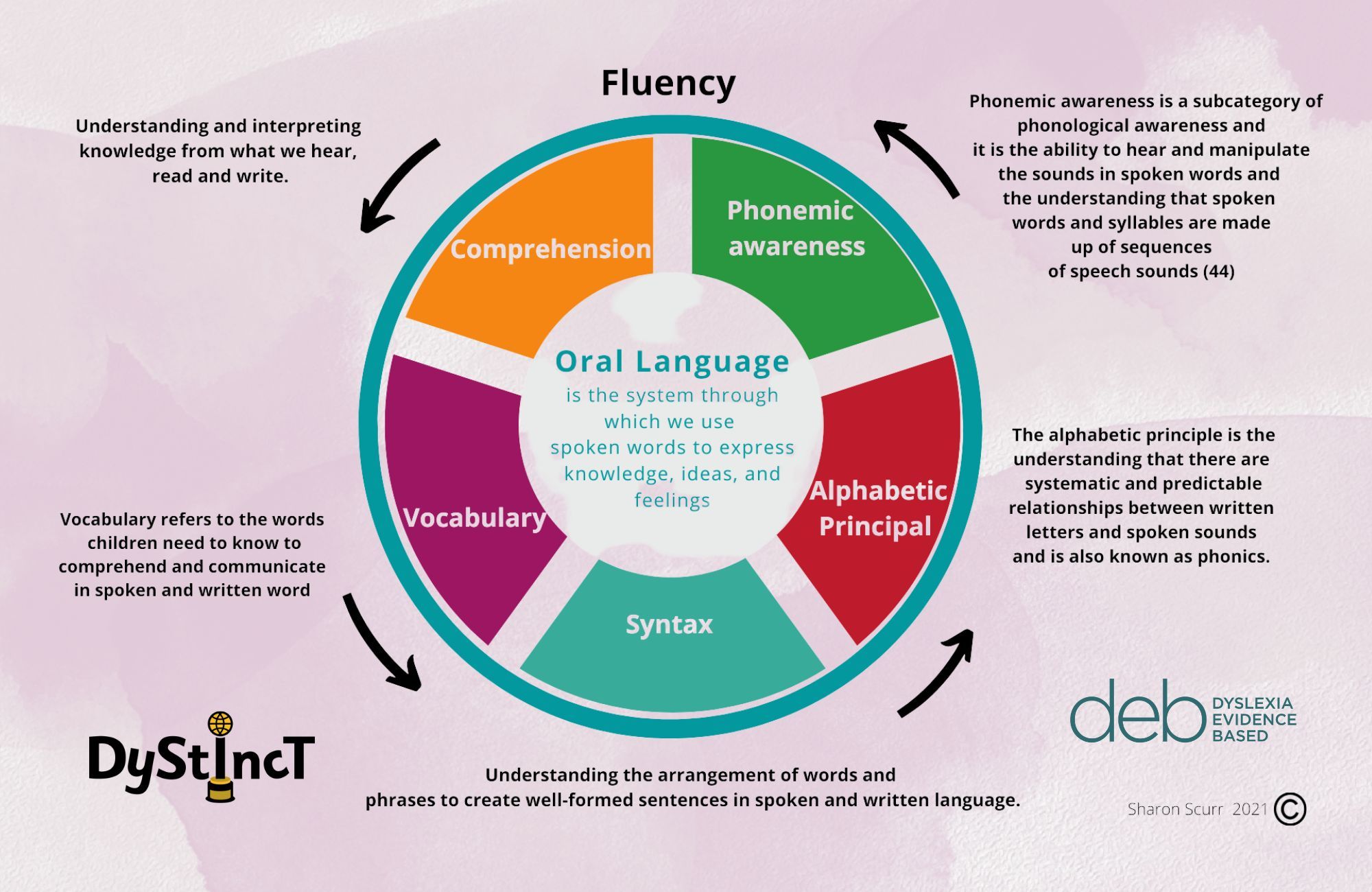
This image from "What should be included in a Structured Literacy lesson" helps show that oral language is at the heart of Structured Literacy.
Structured Literacy approach VS Structured Literacy program?
Noun: A way of dealing with a situation or problem.
An approach is about changing and adjusting when a situation or problem arises. With a Structured Literacy approach, your training has provided you with the knowledge of how to provide scaffolding for a problem that may present with a student and help you understand why the problem has happened and what your next step is for that student.
Verb: Arrange according to a plan or schedule.
A program has been written to be followed each day using a step-by-step process. It doesn't provide the background knowledge or flexibility to adapt to a student's needs, which is only gained by training in the approach.
A Structured Literacy program will have pre-planned lessons to follow each day and week, and you continue until you finish the program. This is why most computer programs designed to teach children to read fail children and why children are able to complete these programs without gaining the ability to read at the completion of the program. Please don't get me wrong; programs have a place, especially for parents.
The reason I am explaining the difference is professionals should always be trained in the approach so they have the knowledge to be able to select and use any material or resource that will benefit the student/s in front of them. They must understand the steps that need to precede a skill or gap in knowledge and the steps that follow.
Structured Literacy approach VS Structured approach to literacy?
There is actually a lot of difference between the two. At first glance, you may think you are reading the same thing. I call this a clever game of wordplay that many companies worldwide use to sell their products.
A great example is:
You are looking to buy the best environmentally friendly car on the market. You head to your local dealer thinking an electric car is the best option. You did a little research on google, and you have made your decision to buy an electric car. You are feeling good about doing your bit for the environment and having no more trips to the petrol station. You arrive at the sales yard, but they only have petrol and diesel cars. That's all they sell, and it's also what they know about.
Before you know it, you are being told all the similarities to an electric car that the new version of your old petrol car can provide. A car is a car. They all do the same thing, we drive them from A to B, and the salesperson is saying all the right things; it's more fuel efficient, costs less at the pump, has a great safety rating, and has all the bells and whistles your old car doesn't have. Plus, they will give you money if you trade your old car in towards the new fuel efficient petrol car. If you are like me and have no clue about cars, you'll be thinking, "Wow, this sounds great!" Yes, you will take it! You are still doing your bit for the environment.
But here is the thing, it is not an electric car. It has parts that align with an electric car, and it even has some elements that are environmentally friendly, but IT IS NOT an electric car. It is not what you wanted. You wanted to buy an electric car to avoid buying petrol and have the best environmentally friendly car you could to do as much as possible for the environment.
Think of a Structured Literacy approach as the electric car and a structured approach to literacy as the petrol car. When you decide to commit to an approach, please make sure you understand what you are committing to. Just because it is better than what you had before and has parts that align with an electric car, it doesn't mean it is the best option moving forward.
The Ministry of Education in New Zealand agrees that a Structured Literacy approach is the best practice for dyslexic students.
What we recommend on the website deb.co.nz, under "What we recommend," is a list of resources that may only be part of a Structured Literacy program. Some structured approach to literacy programs may only cover phonemic awareness or decoding with no encoding. It is very important that you know and understand what you are purchasing before you commit money to it. Please refer to our "Guidance for assessing an approach or program" and "What is the Science of Reading".
References
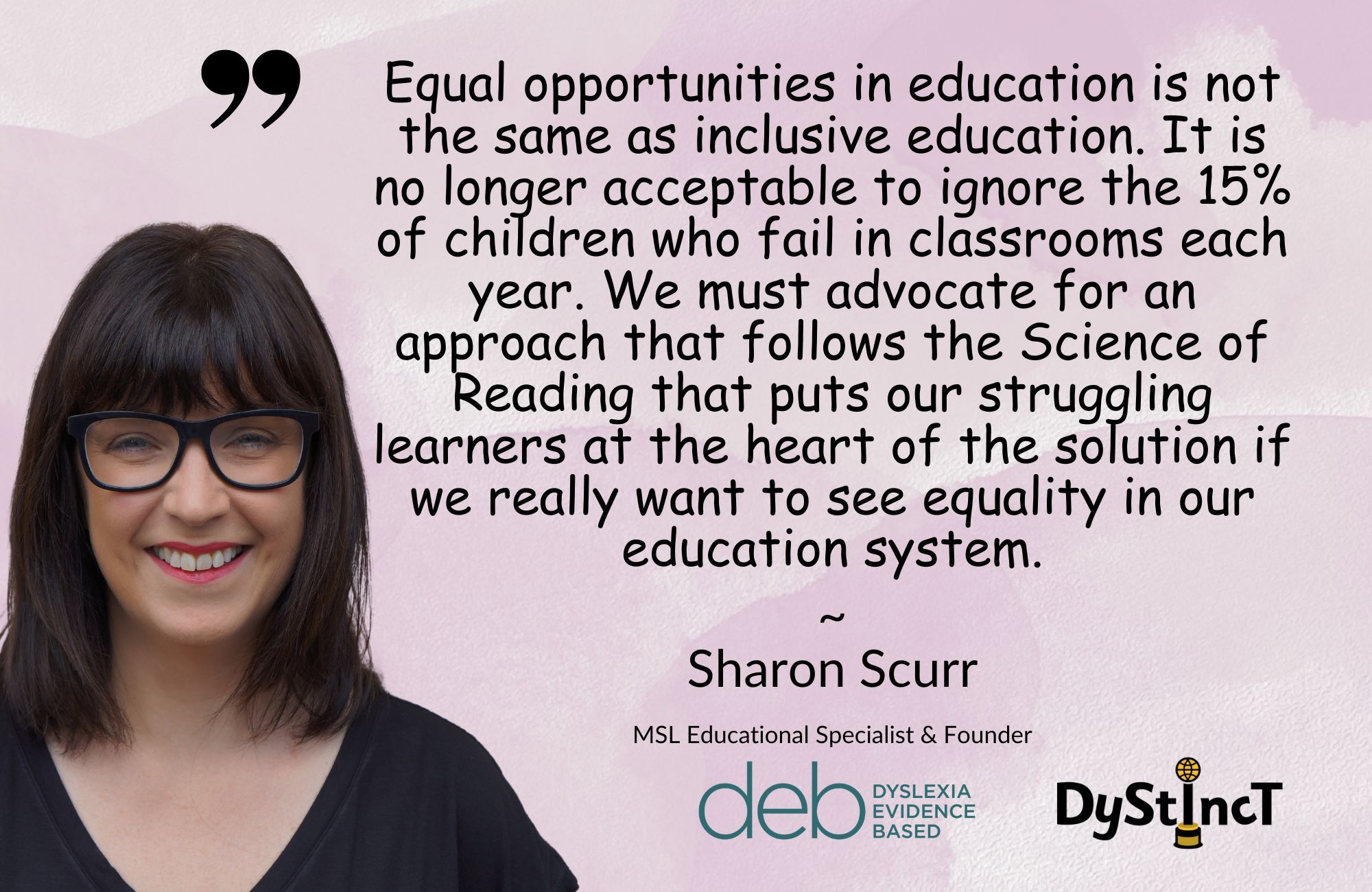
I'm Sharon, and I'm a mum to two beautiful boys. My journey began in 2018 when I noticed my son Ben couldn't read. I was lucky enough to attend a two-day course based on the Science of Reading, and it blew my mind! I realised Ben was being taught to read with a Balanced Literacy approach, and that was what was failing him, not me, as I had initially worried.
From there, I continued to train and up-skill myself in Structured Literacy, and I have never looked back! I’m now a practising MSL Educational Specialist (IMSLE, Australia), an Accredited Member of the Australian Dyslexia Association (ADA) and a Global Partner of the International Dyslexia Association (IDA). I feel very strongly about making sure others don't face the same struggle, so I founded the Dyslexia Evidence Based Facebook group and website. My aim is to bring together parents, teachers and allied professionals to provide support as well as advocacy for best practice (Structured Literacy) for all children but especially our dyslexic ones, for whom Structured Literacy is crucial.
Extracts from Dystinct Magazine














